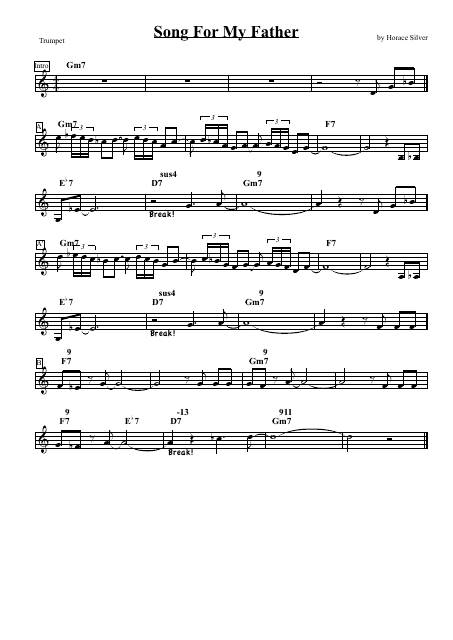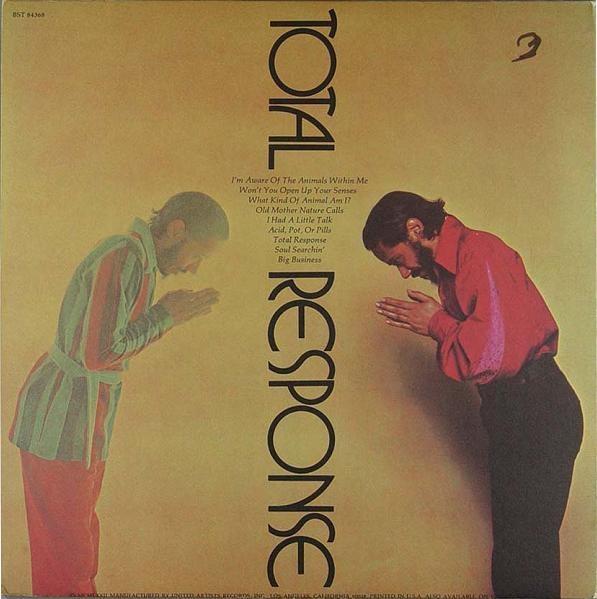

In 1951, Silver moved to New York City where he accompanied saxophonists Coleman Hawkins, Lester Young and many other legends. The saxophonist brought the band on the road and recorded three of Silver's compositions. As Silver's piano trio was working in Hartford, Connecticut, the group received saxophonist Stan Getz's attention in 1950. When Silver was a teenager, he began playing both piano and saxophone while he listened to everything from boogie-woogie and blues to such modern musicians as Bud Powell and Thelonious Monk. His father had immigrated to the United States from Cape Verde-and that island nation's Portuguese influences would play a big part in Silver's own music later on. Silver was born in Norwalk, Connecticut on September 2, 1928. It's all been straight forward enough, while decades of incredible experiences have provided the meaning. For more than fifty years, Silver has simply written some of the most enduring tunes in jazz while performing them in a distinctively personal style.

Horace Silver and the Jazz Messengers (1954–55).New Faces New Sounds (Introducing the Horace Silver Trio) (1952)/ Horace Silver Trio and Art Blakey-Sabu (1952–53).Bennie Maupin - tenor saxophone, flute on 4, 6.Randy Brecker - trumpet, flugelhorn, except 4."Lovely's Daughter" (Bennie Maupin) - 4:14.

Track listing All compositions by Horace Silver except as indicated The Allmusic review awarded the album 4 stars.

You Gotta Take a Little Love is an album by jazz pianist Horace Silver released on the Blue Note label in 1969, featuring performances by Silver with Randy Brecker, Bennie Maupin, John Williams, and Billy Cobham.


 0 kommentar(er)
0 kommentar(er)
